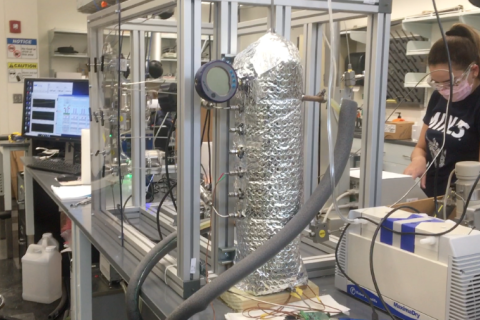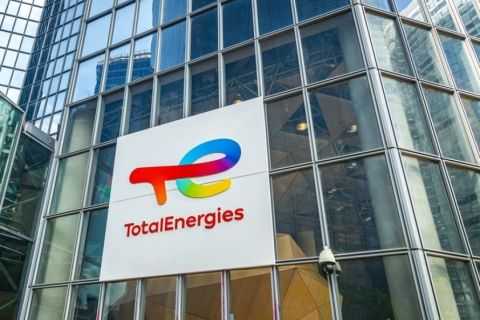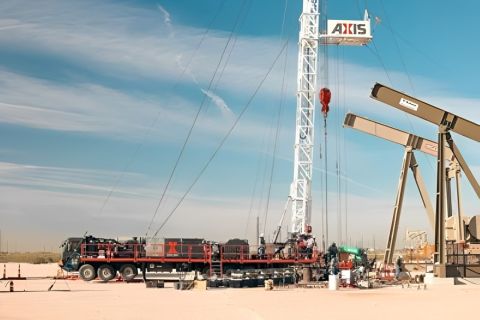I love getting out of the office and getting mud on my boots, as they say. Recently I had the opportunity to do just that, and it was really muddy. I visited Cheniere Energy's new LNG regas terminal in Cameron Parish, on the Louisiana side of Sabine Pass, about 4 miles inland from the Gulf of Mexico. Workers from Bechtel and other contractors scurried over it like ants at a picnic, finishing up final details. The terminal is to receive its first LNG shipment in April or May. Three huge LNG storage tanks are done and two more are under construction in Phase 2 of the massive project. The site looks so different now from when executive editor Nissa Darbonne, a Louisiana native, drove me through this part of the Pelican State a few years ago. Then, it was all marsh grass and water and low beaches. Today, it is a world-class installation that has the potential to change U.S. gas prices in 2009. Heavy rains--no surprise in this part of the world--had left the site a sea of mud. As we drove around in a golf cart to access different parts of the 853-acre site, mud splattered up over the low sides of the cart, getting our jeans dirty. Fortunately, the control room with all the computers sits well above this, on the second story of the office building on site. The plant can vaporize LNG into gas at the rate of 2.6 Bcf a day. Tell me what you think--will incremental gas from increased LNG imports hurt U.S. gas prices significantly, somewhat or not at all?
Recommended Reading
Going with the Flow: Universities, Operators Team on Flow Assurance Research
2024-03-05 - From Icy Waterfloods to Gas Lift Slugs, operators and researchers at Texas Tech University and the Colorado School of Mines are finding ways to optimize flow assurance, reduce costs and improve wells.
Defeating the ‘Four Horsemen’ of Flow Assurance
2024-04-18 - Service companies combine processes and techniques to mitigate the impact of paraffin, asphaltenes, hydrates and scale on production—and keep the cash flowing.
AI Poised to Break Out of its Oilfield Niche
2024-04-11 - At the AI in Oil & Gas Conference in Houston, experts talked up the benefits artificial intelligence can provide to the downstream, midstream and upstream sectors, while assuring the audience humans will still run the show.
TotalEnergies Rolling Out Copilot for Microsoft 365
2024-02-27 - TotalEnergies’ rollout is part of the company’s digital transformation and is intended to help employees solve problems more efficiently.
Axis Energy Deploys Fully Electric Well Service Rig
2024-03-13 - Axis Energy Services’ EPIC RIG has the ability to run on grid power for reduced emissions and increased fuel flexibility.





